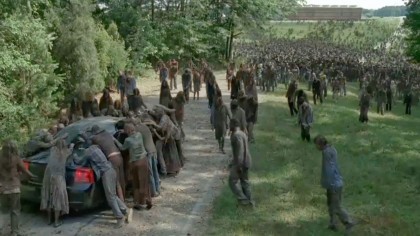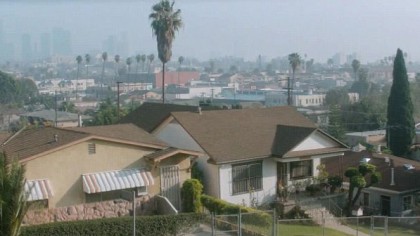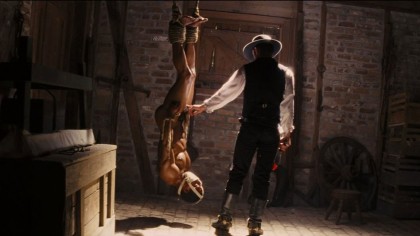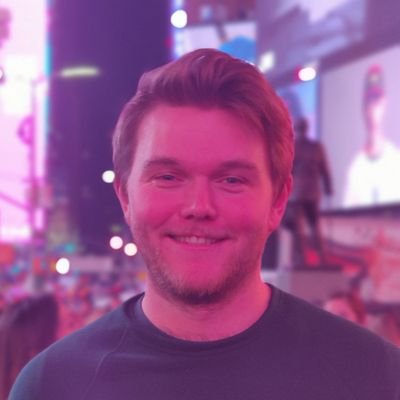Fear The Walking Dead's Greg Nicotero on creating new zombies and adapting to 4K
Are there more digital effects in Fear The Walking Dead because of that?

No, but the digital effects are different.
We're dealing the start of the outbreak so seeing areas of Los Angeles and areas of Southern California become increasingly more desolate as the outbreak occurs and as the curfew bursts, things like that.
I think the visual effects are not as noticeable as they are on The Walking Dead when you see someone being decapitated, when the blood really sprays, or herds of thousands of zombies, where you know they're digital augmented shots. I feel in Fear the Walking Dead the shots will be a lot less visible to the viewer.
How have you found the location change to LA?

The nice thing about the Los Angeles location is it gives a new character. We have LA as a character in the show and Adam Davidson, our director, really embraced that so that you get a real flavour for it.
In The Walking Dead the prison was its own character and Woodbury was its own character, even the woods where we were shooting in after the prison were their own character.
It gives us a lot of opportunities in terms of visuals and it gives us a great opportunity in terms of diversity of the cast. In the long run, when we get into future seasons, it gives us a great opportunity to explore different locales. I know we've talked about desert and seaside locations potentially.
It provides us with a much richer landscape compared to say this urban scenario of you know what Los Angeles gives us.
Sign up for breaking news, reviews, opinion, top tech deals, and more.
How does it feel to leave directing and head back to special effects?

Special effects are always my first love and big passion.
While we were shooting the Fear The Walking Dead pilot, I think it was a 12 or 15 day shoot, I was also supervising the effects for The Hateful Eight and a couple of other projects.
During Walking Dead we shoot for seven months of the year so I have five months hiatus I'm able to work on other projects and most of the time I'm working with Robert Rodriguez and in this instance I was working on The Hateful Eight with Quentin.
I love it. Having the opportunity to direct on The Walking Dead has made me a much better make-up effects artist because I'm able to present ideas to directors with a different perspective.
That started on Django Unchained where I was able to design effects that are based on coverage I anticipated the director will shoot.
When Jamie Foxx is hanging upside down in Django Unchained being tortured, I thought as a director we can't hang that actor upside down for more than four minutes, but we could make a full size dummy that's articulated. You could shoot past the dummy in the foreground at Sam Jackson and it won't bother anybody.
So the opportunity was to shoot more coverage than it seems, so when we were prepping this movie I thought, "yeah this is great, we never would have thought that we'd need this."
You might not think it now but when you get into shooting you want to have the freedom to move the camera around to where you see fit so having the opportunity to direct on The Walking Dead has allowed me to look at make up effects from that perspective. And I think it benefits the projects.
Current page: Digital effects and moving to LA
Prev Page Creating new zombies and adapting to 4K Next Page The Walking Dead season 6
James is the Editor-in-Chief at Android Police. Previously, he was Senior Phones Editor for TechRadar, and he has covered smartphones and the mobile space for the best part of a decade bringing you news on all the big announcements from top manufacturers making mobile phones and other portable gadgets. James is often testing out and reviewing the latest and greatest mobile phones, smartwatches, tablets, virtual reality headsets, fitness trackers and more. He once fell over.